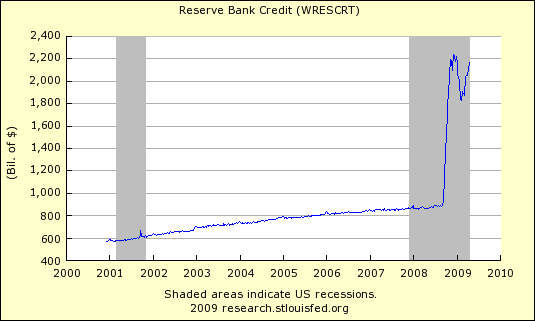
I think most people believe that trade barriers are a bad thing. World protectionism and trade barriers prolonged the recession and impacted trade negatively in the 1930s.
I have to ask myself--have we really learned anything from the past? Or, are we doomed to repeat the same old mistakes?
Seventeen of the G-20 countries recently implemented 47 measures whose effect is to restrict trade at the expense of other countries. I can just hear the analyst on TV--this is no big deal and it won't have a big impact on trade.
These analyst, are the same analyst that, told us over and over that the housing bubble wouldn't have a big effect on the economy or stocks. Right Larry Kudlow? The same analyst that failed to see the interconnectedness of banks and financial companies--as Bear Stears, Lehman, and AIG went down the tube and brought other companies that did business with them to the brink of disaster.
For some reason, analyst have a problem seeing how things are interconnected. They are either dumb, myopic, or in a state of denial like most the country.
You hear the words global economy over and over. There can be no doubt that the world economy is now interconnected. It should be obvious that if one spoke in this interconnectedness breaks the entire wheel stops working. Think of it like the wheel on a bike--when the spoke breaks the wheels gets all wobbly. If you keep riding on the wheel, it will eventually weaken and then collapse. The lesson from this story is, if you fix the broken spoke immediately--the wheel works just fine. But if you keep riding on the bad wheel--it collapses.
There is, at the minimum, anecdotal evidence that global protectionism is on the rise. What are world leaders and politicians likely to do to satisfy angry constituents when their job is on the line? At first, they will stick a lollipop in the mouth of their constituents. But, if that doesn't work, they will give them what they want to perpetuate themselves in office. This is worrisome.
Over here in the U.S. we are now protecting steel, soon it will be the importation of foreign automobiles, then what? For every action there is likely to be an equal and opposite reaction. These are trends that investors need to be watching. Excessive protectionism could cause the next collapse in stock prices. As an investor you need to keep your eyes and ears open--you really need to pay attention to trends and how they can effect stock prices. Like it says up at the top:
How to make money in the market...think beyond the obvious...spot the trends...and do your homework.
If you would like to read about protectionism
go here.
Subscribe to All American Investor via Email

 Wireless Reading Device
Wireless Reading Device 


















